Lily Eskelsen García, president of the National Education Association (NEA), visited Rogers High School in Spokane, Washington last week. While she was there, she sat down for an interview with Wilson Criscione of the Pacific Northwest Inlander, in which she made several outlandish claims that had absolutely no connection to the truth.
Here’s a summary of her fabrications and exaggerations…
On school turnaround:
She started by holding up Rogers High as a national model of school turnaround, saying that their graduation rate had increased from 47% to 84% over the past five years. How did they do it? According to García:
“It’s not a product that this district bought. It’s not more test prep. It really is giving people the time to feel like they’re family. What they’ve discovered here, the magic — the secret sauce — is, you know, we can actually just do stuff that we want to…And when it comes from — it sounds like a cliche — when it comes from the roots, when it comes from the community, then there’s joy to it. You’re not doing it because someone told you to.”

If García’s explanation sounds too fanciful to be true, that’s because it is – a look at Rogers’ performance data reveals that the school’s outcomes are decidedly mixed. Although it’s correct that they saw a significant increase in their graduation rate over the past five years – from 56.8% in 2010 to 77.8% in 2015 – only 55% of students met the state standard in English/Language Arts and only 21% of students met the standard in math last year. It’s also worth keeping in mind that Washington’s state board of education recently lowered the cutoff score on the Smarter Balanced exam to ensure that 81% of 10th graders passed.
So while the school deserves applause for improving their graduation rate, it’s a stretch for García to claim that Rogers should be considered a “model for the nation.”
On charter schools:
García’s relationship with the truth continued to sour when the conversation turned to charter schools, a hot topic in Washington State as of late thanks to a series of lawsuits NEA has filed challenging the Evergreen State’s charter law.
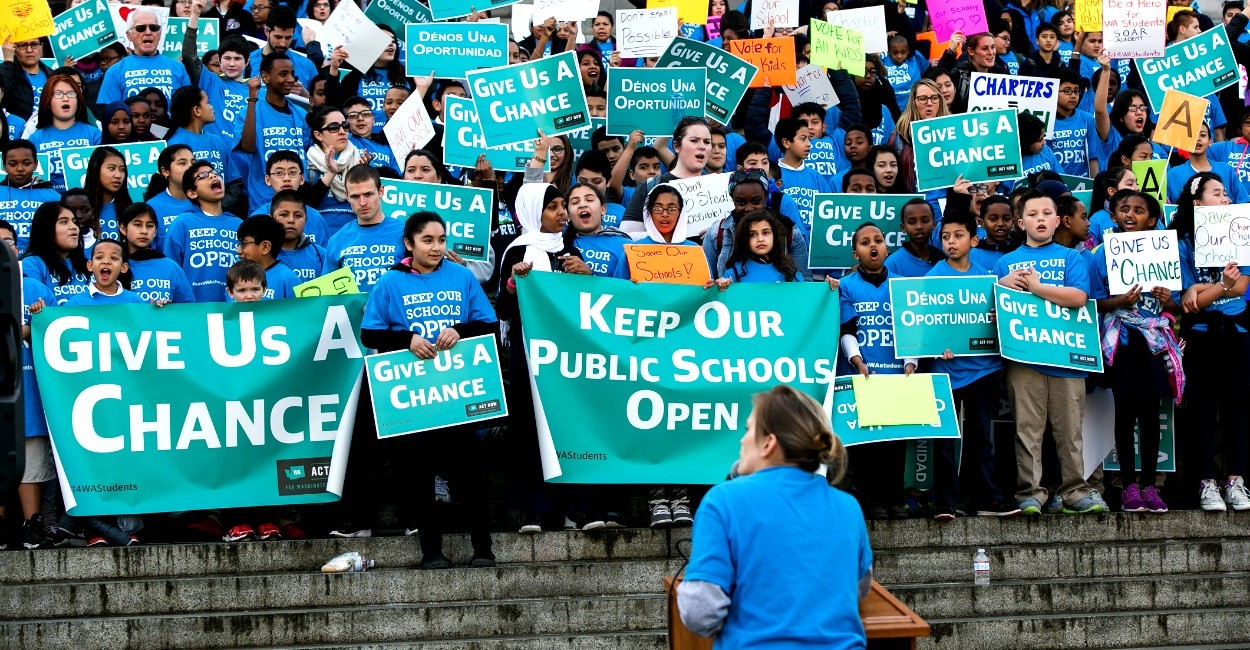
When asked whether she thought there was a way to make charter schools work, García didn’t give a direct answer. Instead, she spoke admiringly about a bilingual (and unionized) charter school in Milwaukee, before portraying most charters as either for-profit franchises or cream skimmers that “only accept excellent students.”
Of course, the teachers unions have making those last two accusations about charters for so long that it’s possible García has convinced herself that they’re true. They’re not. The overwhelming majority of charter schools across the country are non-profit, open-enrollment public schools that serve the exact same kids as their traditional counterparts.
On New Orleans:
Finally, when pressed to explain how the expansion of charters poses a threat to public education, García pointed to New Orleans, saying:
“In New Orleans, what they did is they have no public schools left. None. And that was by design. When Katrina hit, it hit everybody’s schools…They rebuilt and modernized all the white suburb public schools. They ended up better than before and they bulldozed the public schools in the black neighborhoods. And then they just said ‘Alright, come one come all, open up charter schools and let’s see how you do.’ And a lot of them have done very poorly.”
García’s statement is so divorced from reality that it’s almost hard to know where to begin. For one thing, there are 83 public schools – both charter and traditional – in New Orleans serving more than 47,000 children as we speak.
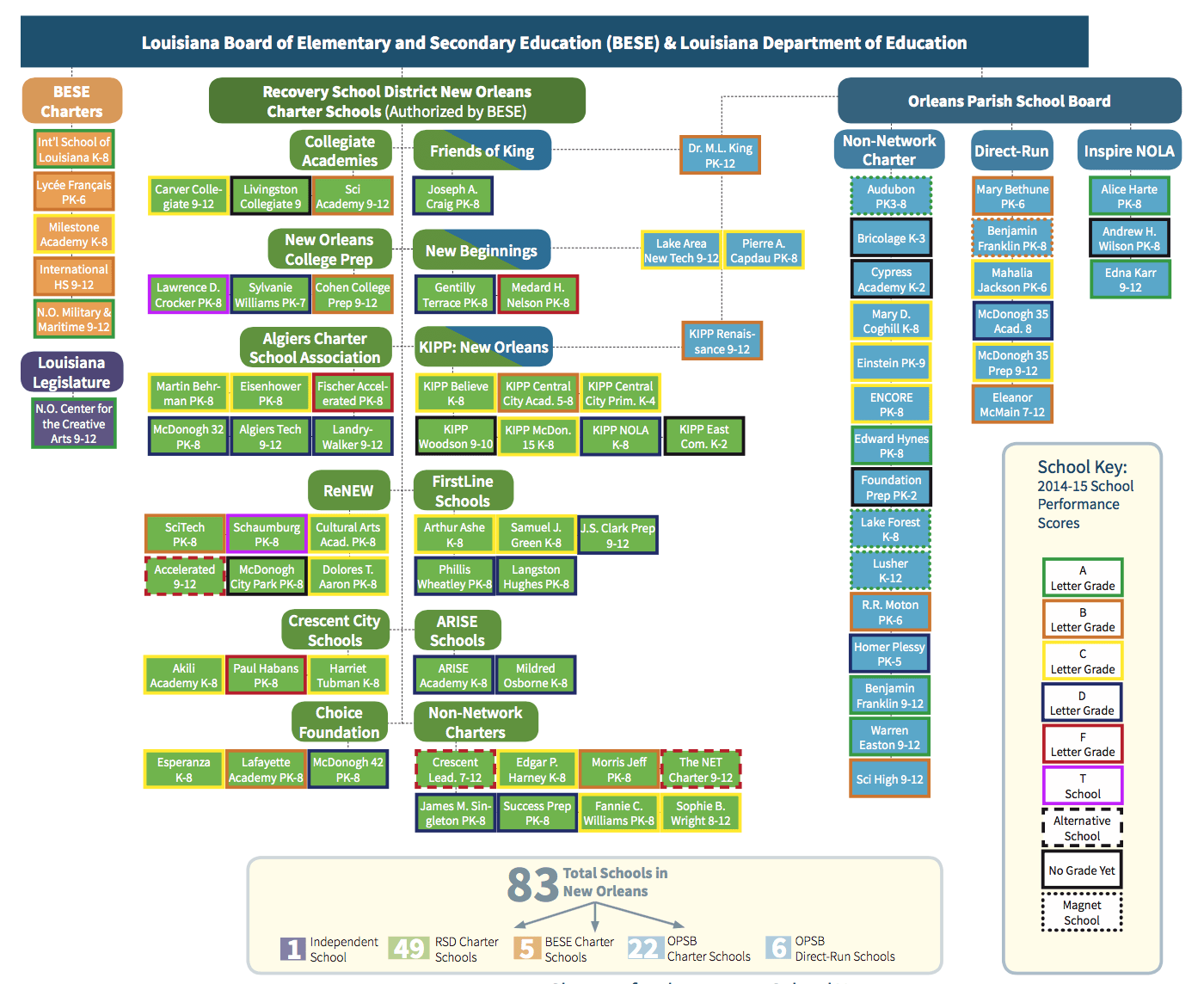
Furthermore, García’s attempt to put a racially divisive – and objectively false – spin on the rebuilding of New Orleans’ public school system is downright shameful. Hurricane Katrina flooded nearly 80% of New Orleans and completely destroyed two-thirds of the city’s schools. In the interim, state and local officials have spent nearly $2 billion constructing new schools and renovating salvageable or historic buildings across the city. The students who are benefitting from those new facilities are overwhelmingly low-income, minority children – not affluent white kids in the suburbs.
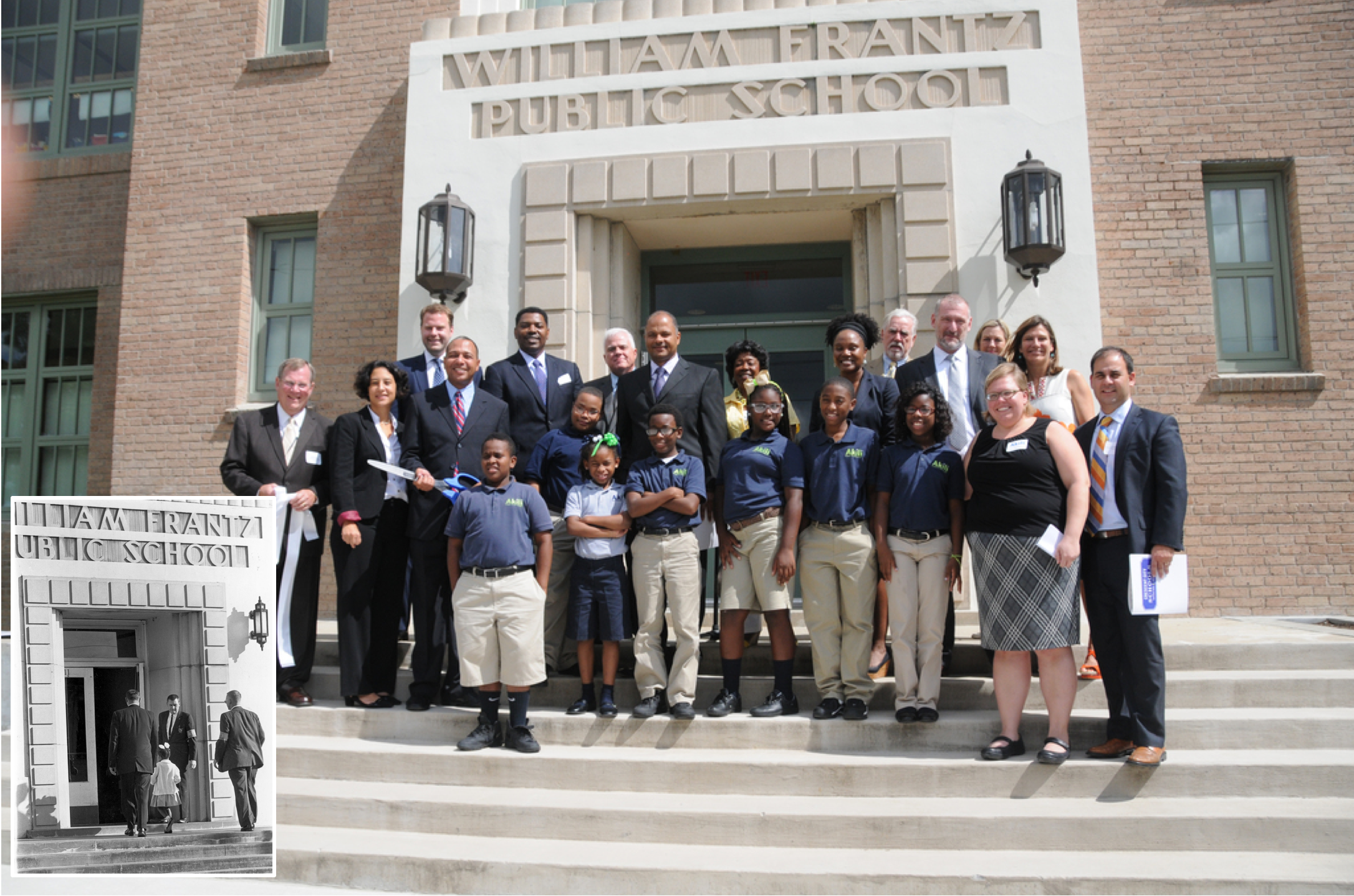
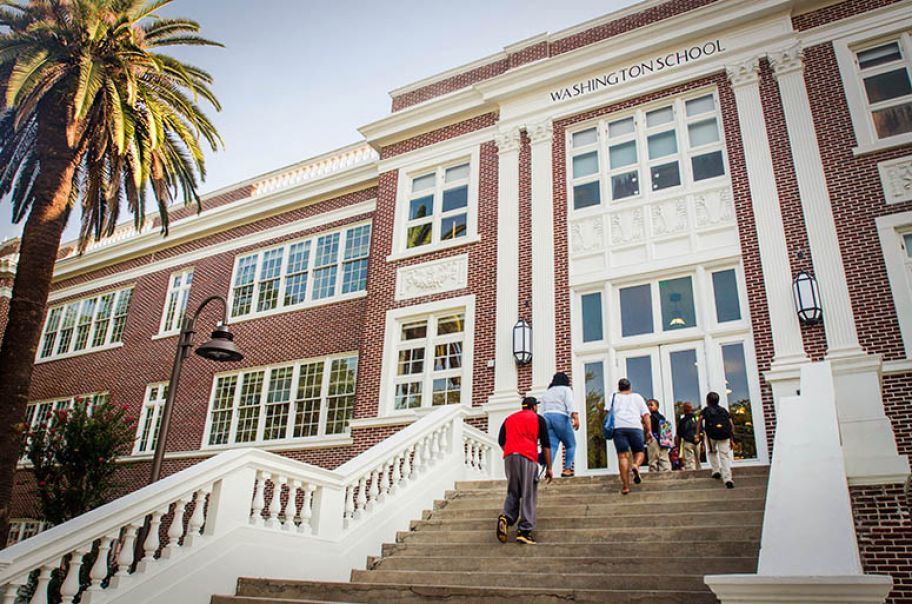
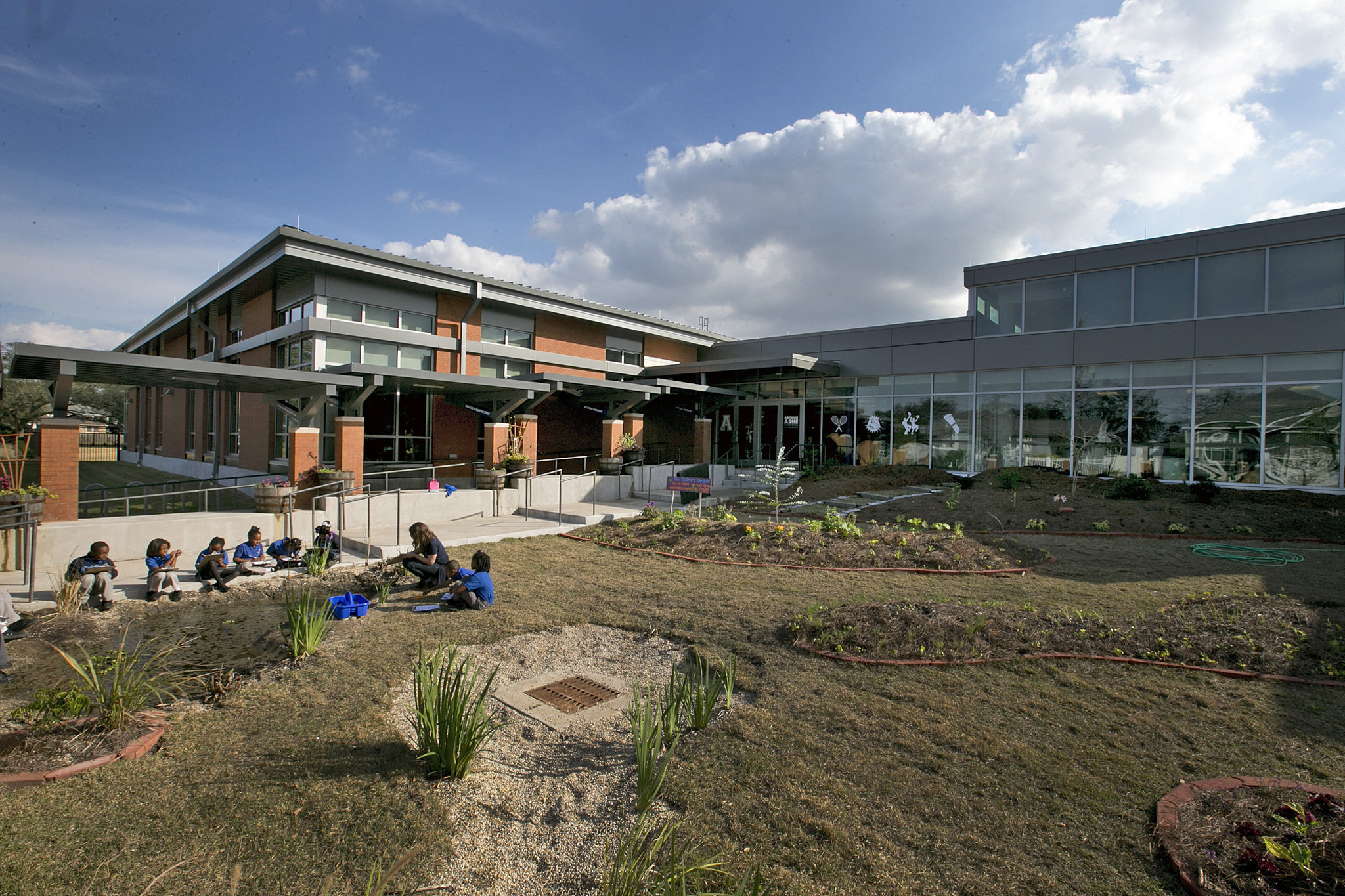

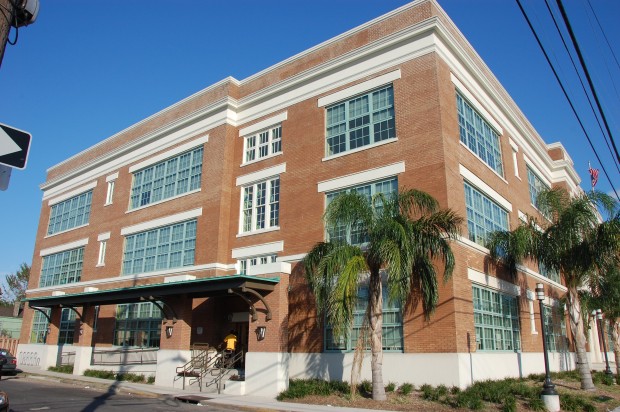
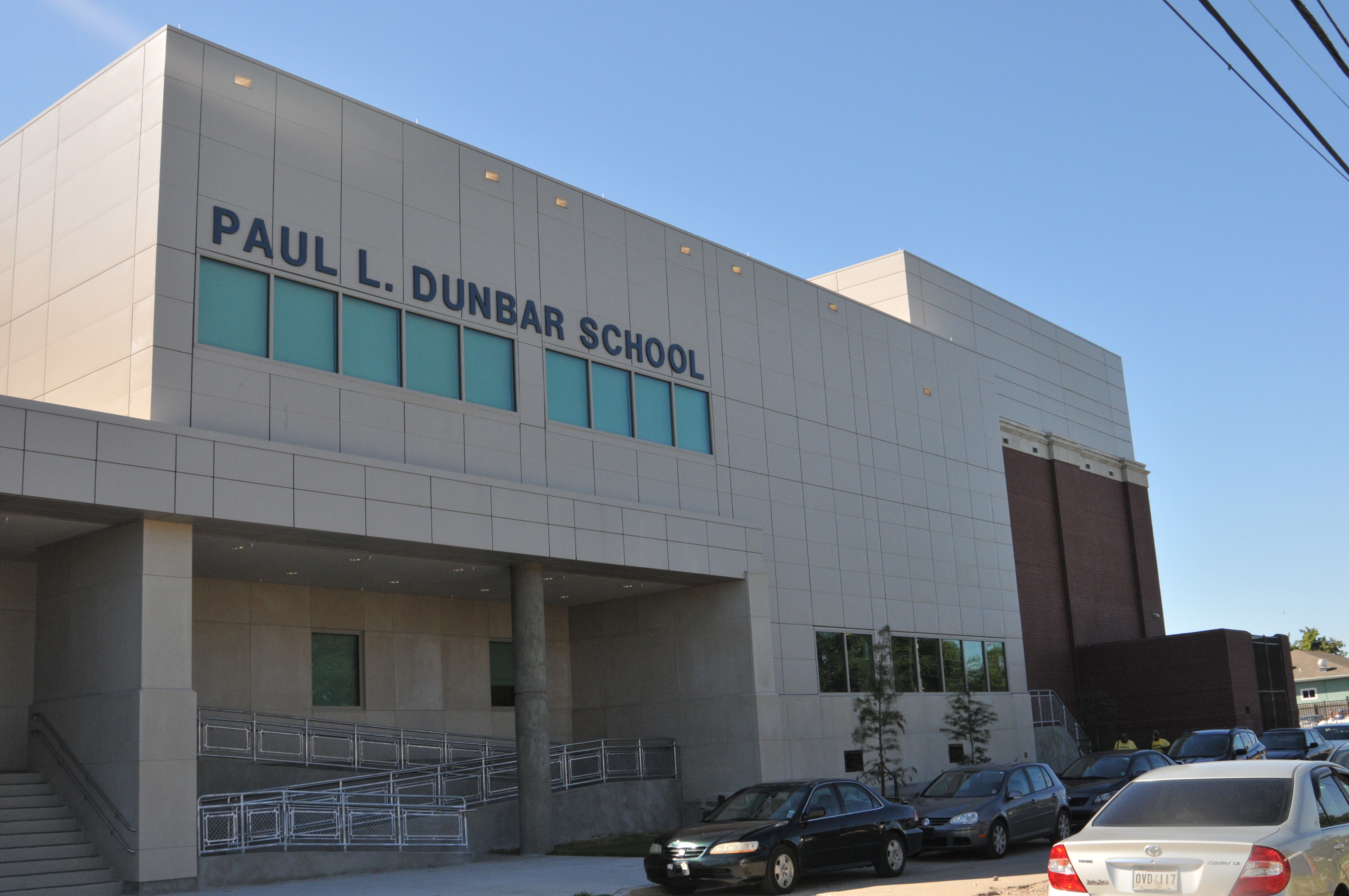
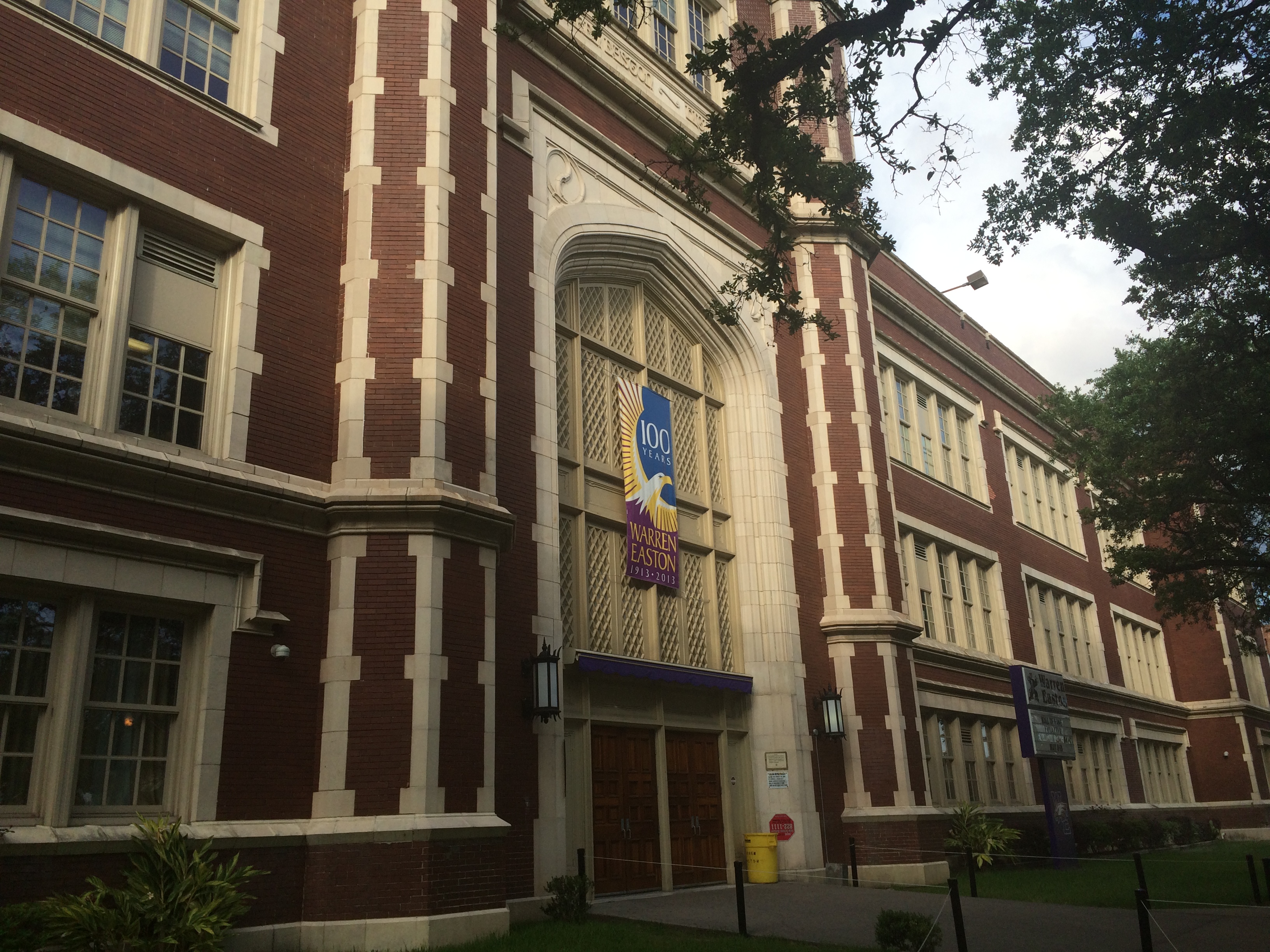
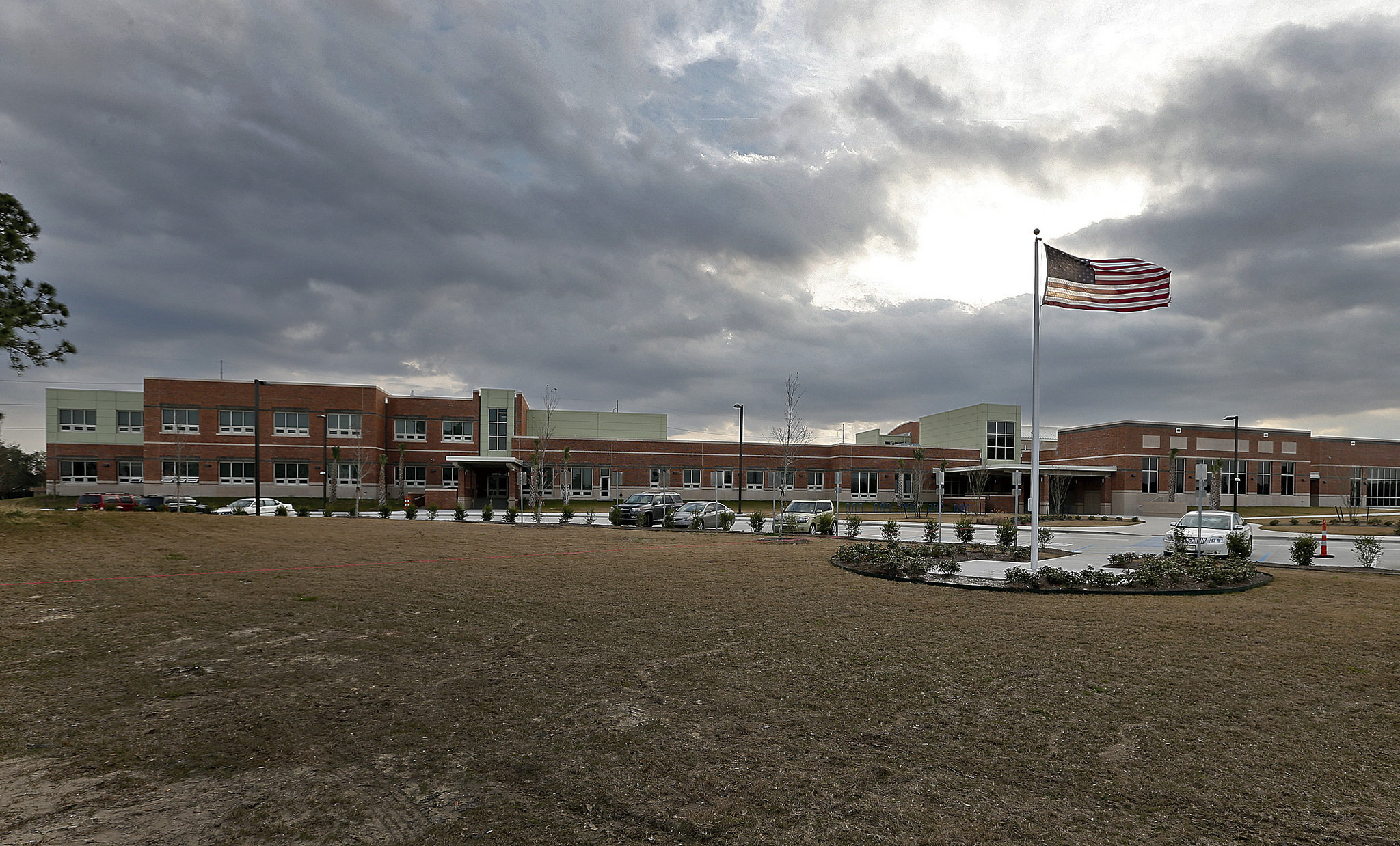
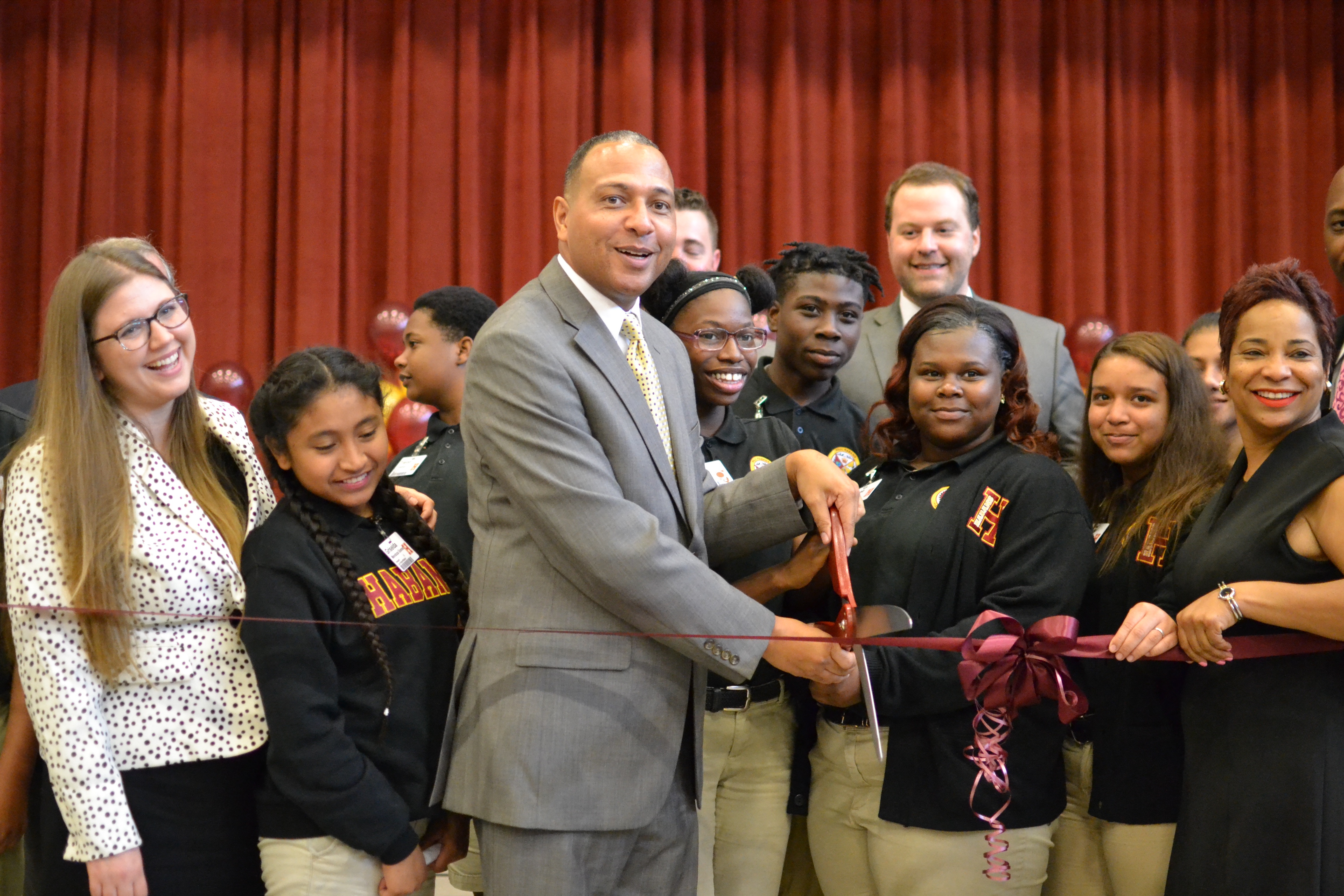

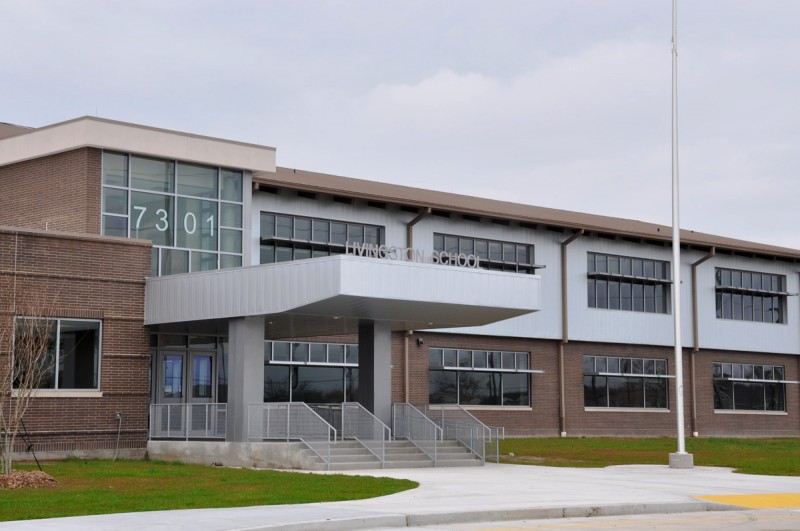
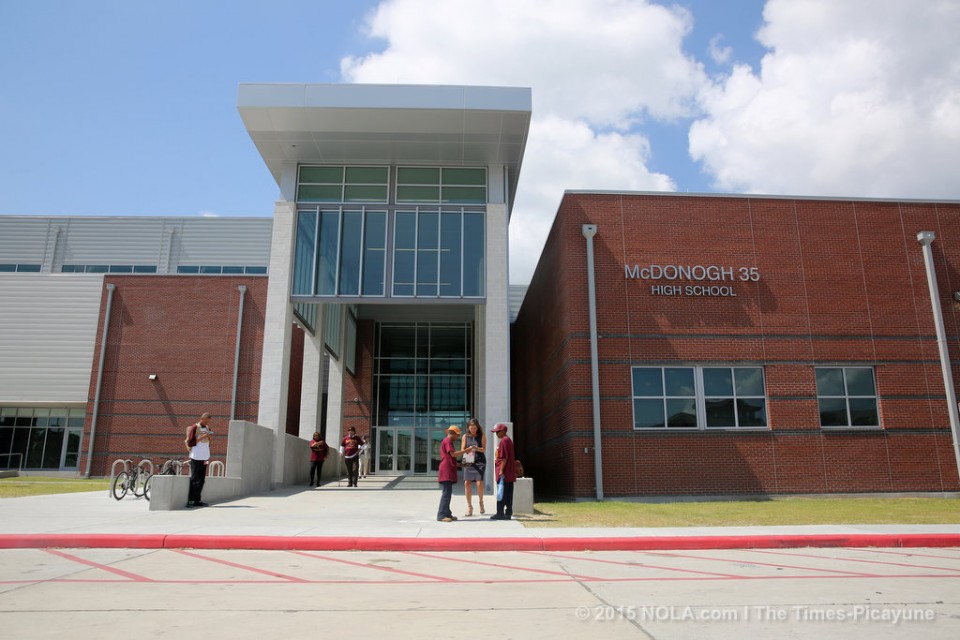
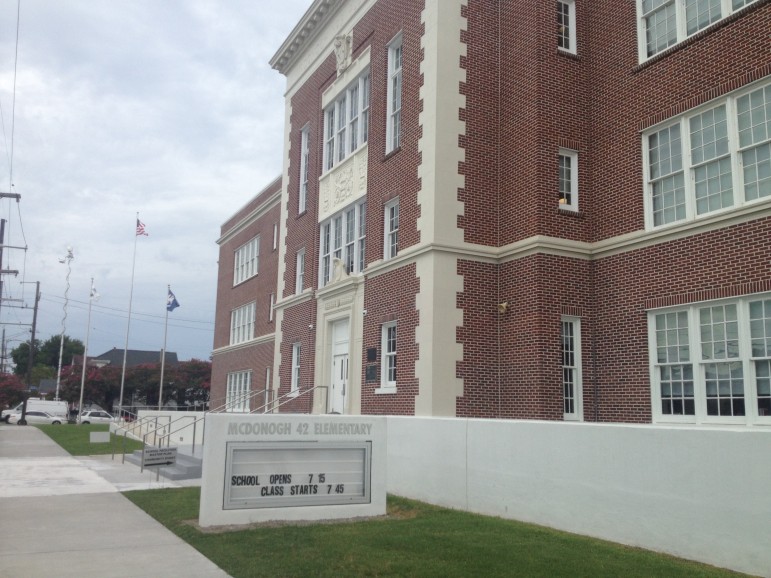


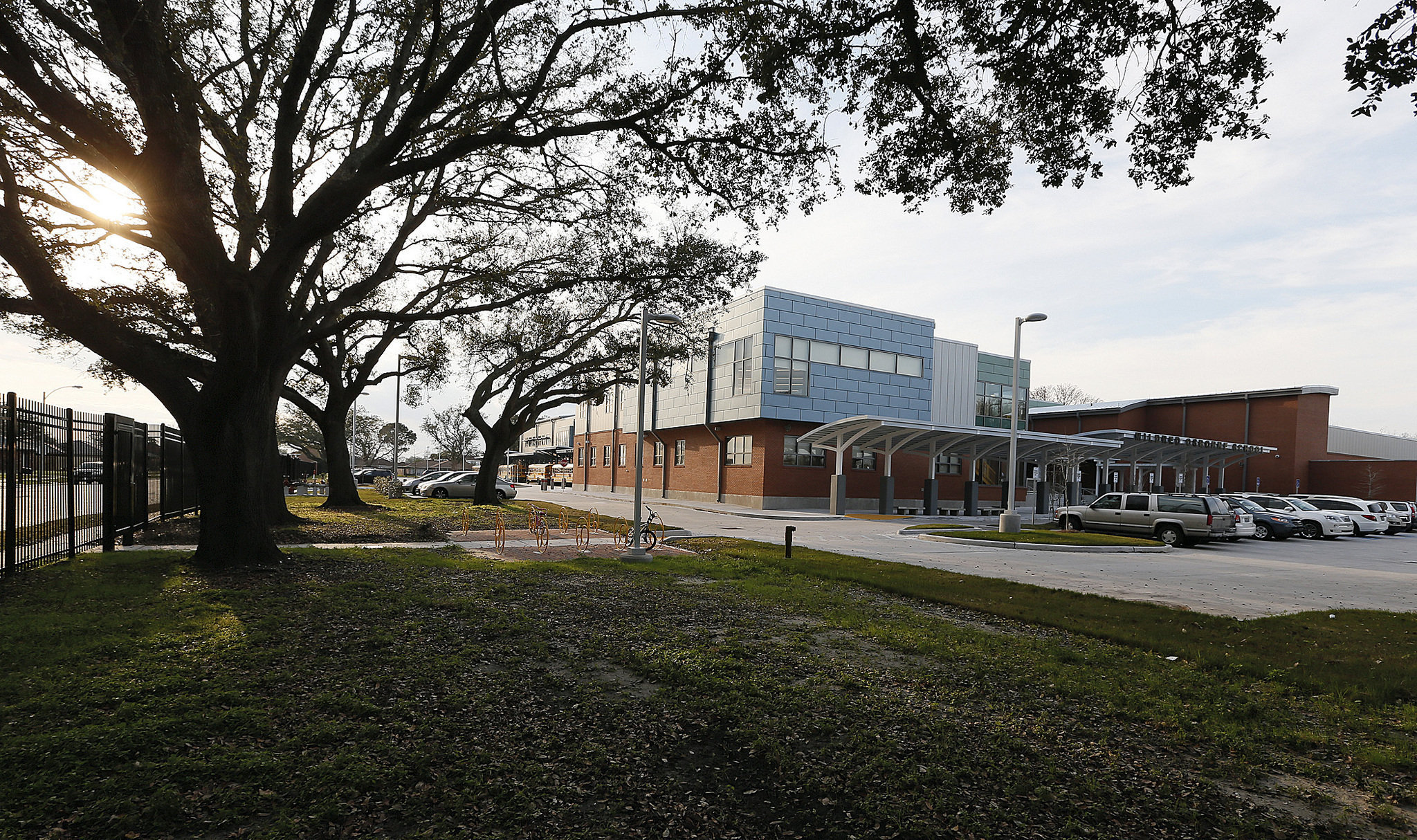
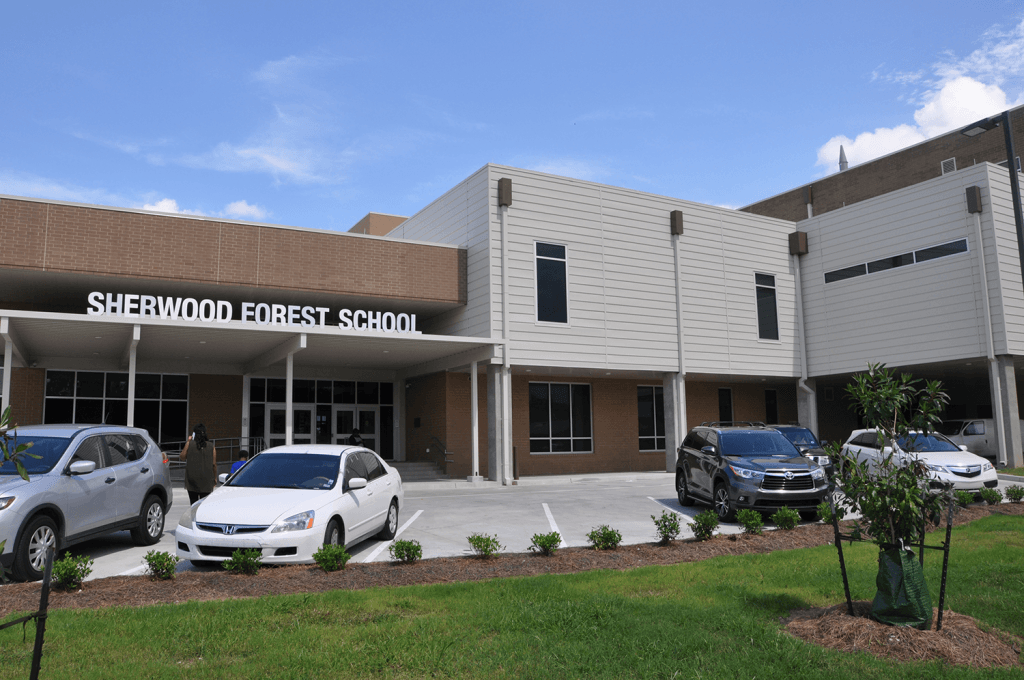
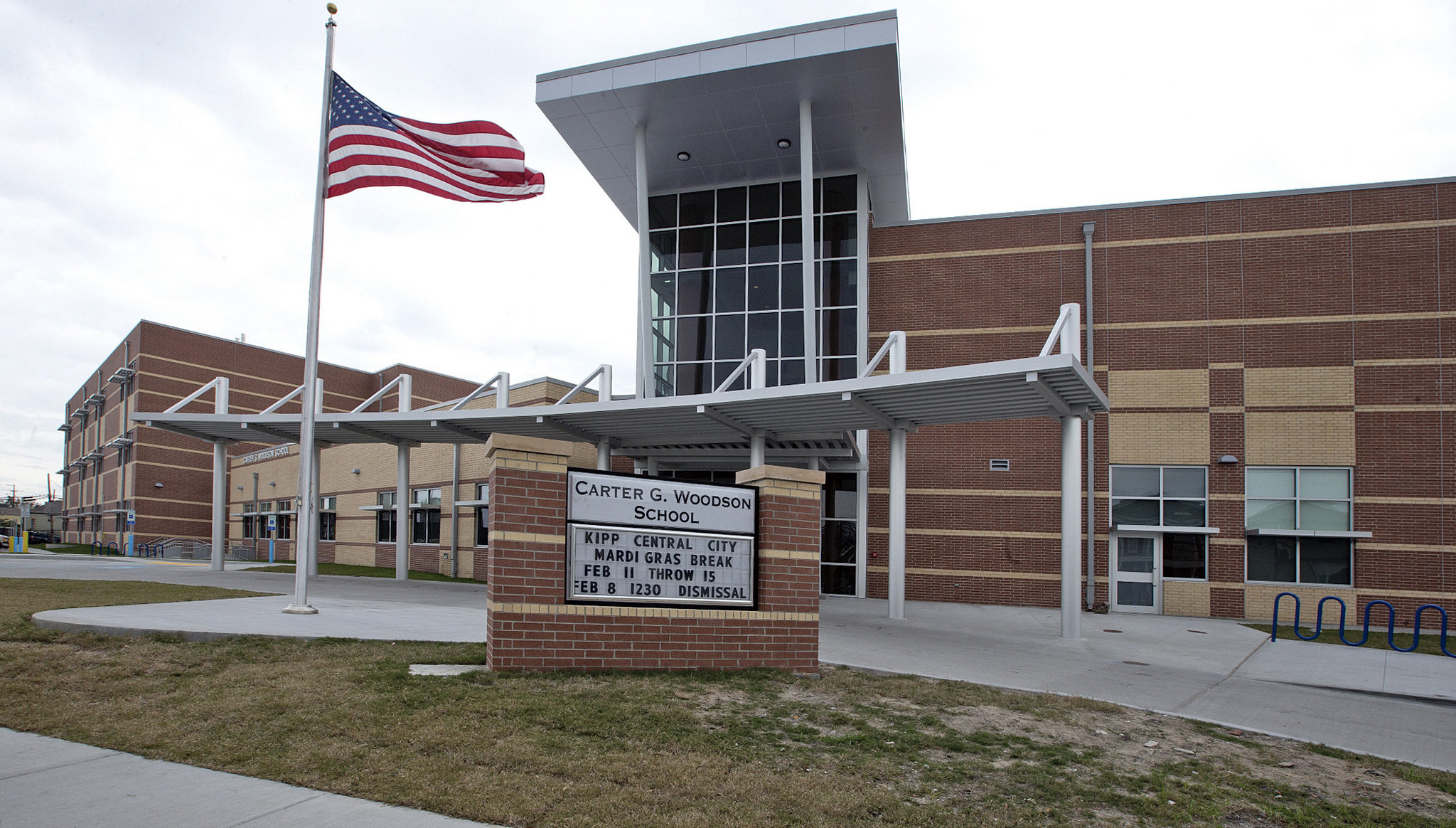
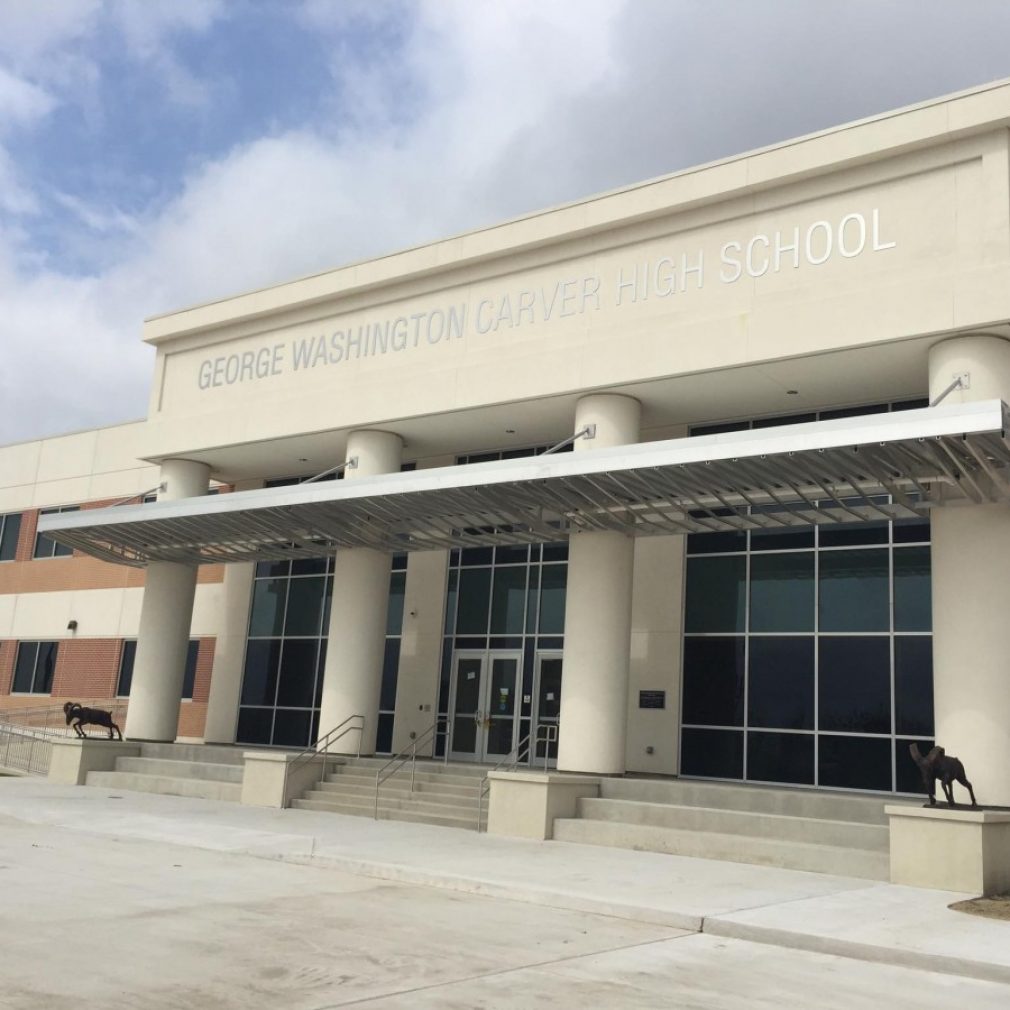

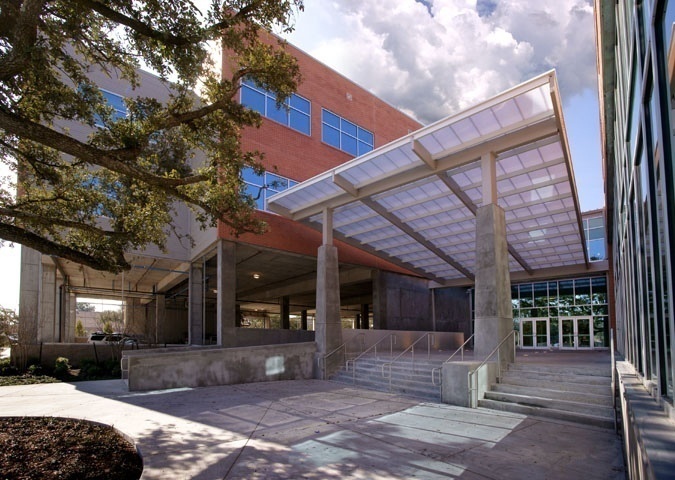
A selection of New Orleans schools that have been renovated or rebuilt since Katrina.
Also, as I’ve noted before, the contention the state swept in and quickly converted the city’s traditional schools into charters is false. In fact, the dramatic improvement we’ve seen in New Orleans’ public schools is largely attributable to the fact that education officials set a high bar for charter applicants, added new schools incrementally, and have been willing to close those that failed to perform.
Finally, no matter how much García may want to deny it, the evidence is clear that the post-Katrina transformation of New Orleans’ public schools has resulted in a significant and sustained increase in academic performance. End of story.
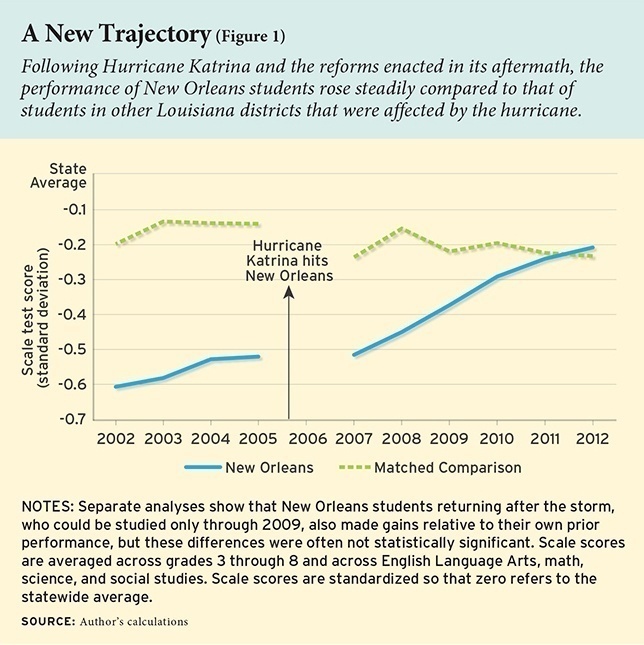
The fact that the head of the nation’s largest teachers union would be willing to spin elaborate lies – on-the-record, no less – should come as no surprise. In truth, García was simply following a well-worn teachers union script in which they insist our public schools are fine, disparage charters and other reforms, and try to undermine any success story that contradicts their messages. Why? Because the unions are ultimately more concerned with defending the prerogatives of adults than they are about doing what’s best for kids.


@beth_hawkins @LouisianaSupe @Lily_NEA she’s busy grieving over $138 million her org spent on politics in 2016. And for what?
That’s your response? Really? 21% of students meeting a below college-ready bar is not a national model in any case.
If you’re going to bring up low test scores for Rogers, you need to consider that math test scores are same as state average.
Really?!? That’s crazy – by that I mean you in Salt Lake City 🙂
Small world. I ran a congressional race against her in SLC years ago. Kicked her behind.